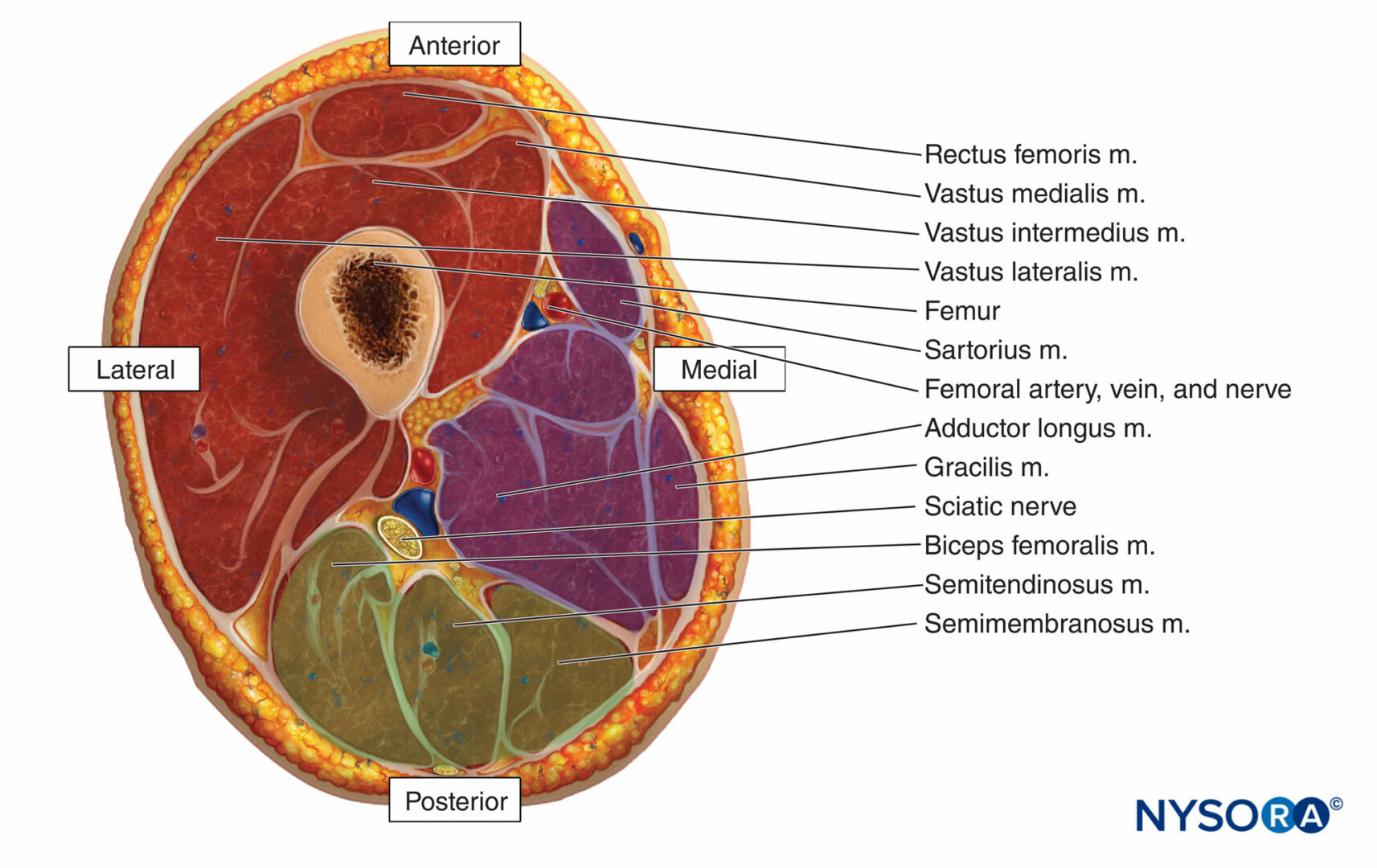
It acts to extend the toes and lift the heel off the ground. The extensor digitorum longus is a large muscle located in the back of the lower leg and foot.

It acts to dorsiflex the foot and invert it at the ankle joint. The tibialis anterior is a large muscle located in the upper part of the shinbone (tibia). The term "lower" means below the knee thus, the term "leg muscle" refers to muscles that are beneath the knee but above the ankle.

The term "anterior" here means forward thus, the term "compartment" refers to the fact that these muscles cover a space behind the knee (i.e., posterior to the compartment). They work together to dorsiflex and invert the foot at the ankle joint. The muscles of the leg's anterior compartment The anterior compartment of the leg has four muscles: the tibialis anterior, extensor digitorum longus, extensor hallucis longus, and fibularis tertius. What is one of the actions of all the anterior lower leg muscles? In orthopedics, fasciotomies are performed to relieve pressure on peripheral nerves in order to prevent damage to these nerves. In anatomy, a fasciotomy is the surgical incision of a fascia, with the intention of reducing tension on a tendon or ligament attached to it. The word "compartment" comes from a Latin word meaning "a containing place." The term "lateral" means far or remote from the midline of the body thus, the lateral compartment is the one on the far side of the body from the midline. The muscle compartment is closed by the peroneus longus and brevis muscles and interposed by fat and nodes. The nerves within this compartment include branches from the fibular nerve, which passes to the foot the sural nerve, which supplies sensation to the side of the foot and lower leg and the deep peroneal nerve, which contributes to the formation of the sciatic nerve. The lateral compartment contains a portion of the tibial nerve and vessels that pass through it are called peroneal vessels. The three other compartments are posterior, medial, and anterior. This compartment's muscles are principally responsible for ankle and foot eversion. One of the four compartments in the leg between the knee and the foot is the lateral compartment, commonly known as the peroneal compartment. If you lose these muscles' ability to contract, they may not work properly when you try to walk or stand up. If you have diabetes and suffer from peripheral neuropathy, these muscles can be affected by nerve damage caused by high blood sugars. These muscles are important ones to know for treating patients with injuries to the legs or feet. It acts to dorsiflex the ankle and evert the foot. The posterior tibialis is a long slender muscle that runs down the back of the leg behind the knee. They act together to flex the ankle and toes. Both muscles originate by short thickening of the tendon of the calf muscle (semimembranosus) and connect by crossing over the front of the knee. The gastrocnemius covers the upper leg and foot, while the soleus covers the lower part of the leg and foot. The gastrocnemius and soleus are white muscle fibers that cross the knee joint to become thicker toward their ends. These muscles include the gastrocnemius, soleus, and posterior tibialis. With the exception of the popliteus, which operates on the knee, the muscles in this compartment largely cause ankle plantarflexion and toe flexion. One of the four compartments in the leg between the knee and the foot is the deep posterior compartment.


 0 kommentar(er)
0 kommentar(er)
